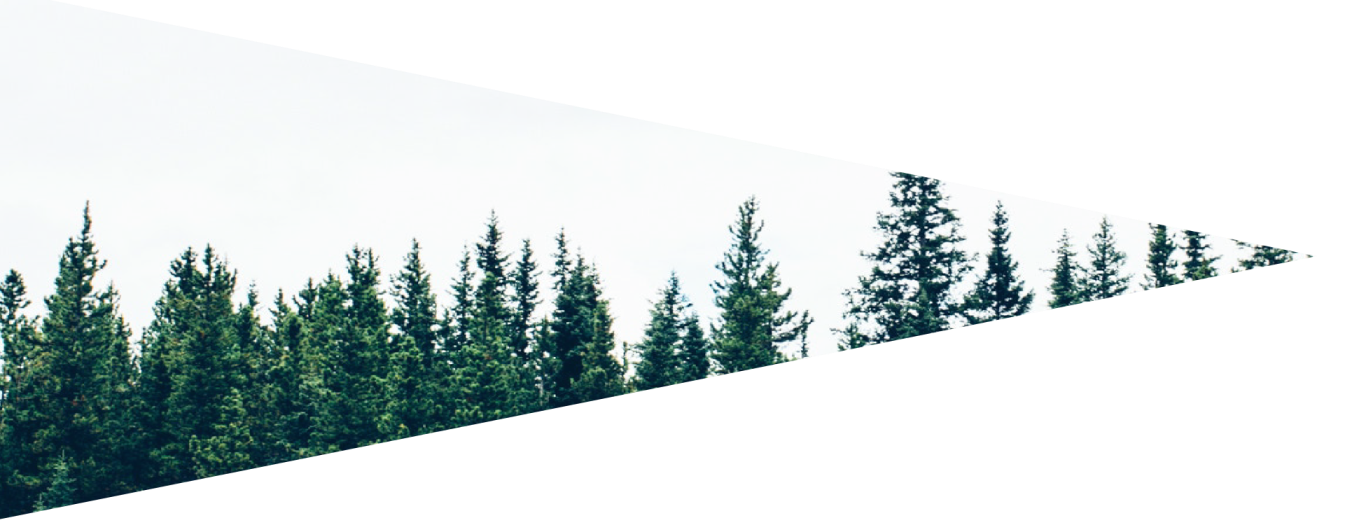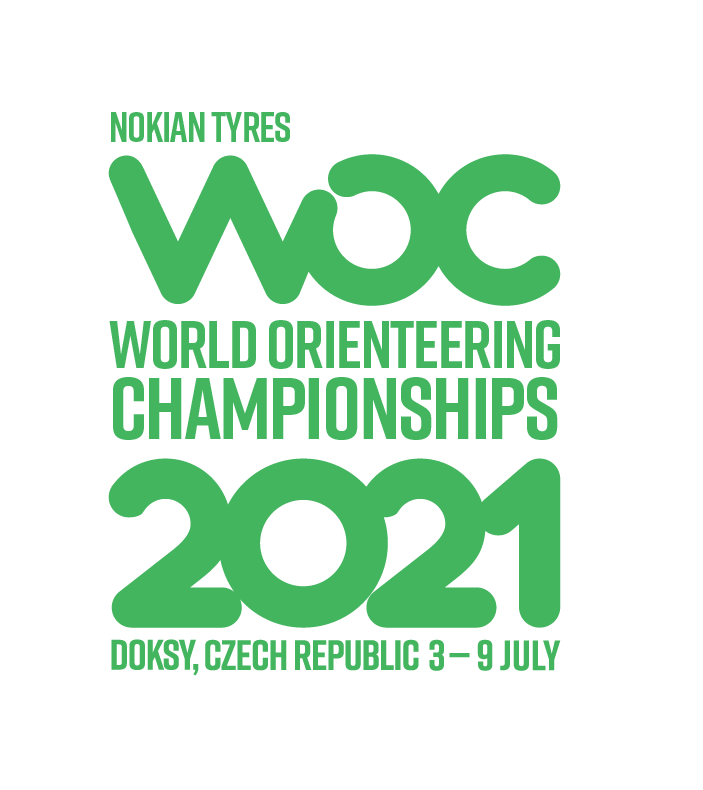Road to WOC #6: How the courses are made
Road to WOC: How the Courses Are Made
22 courses are set by the team of five course setters for the world’s best orienteers medal fights in WOC 2021. Compared to the average regional race where one person usually sets about twice as many courses for all the ages, it seems “slightly” disproportional. So what does it take to set the WOC course? How does the course setting team work? And what is the current status of WOC 2021 courses? Find out from the WOC Sport Director Daniel Wolf in today’s Road to WOC.
I have taken part in the WOC course setting since the very beginning. The first conception of arenas, locations and how we use them (courses themselves) started to emerge since we planned the candidacy and the IOF assessment visit in spring 2017. Since then, many things have changed. Compared to the original vision made together with David Aleš and Jan Picek, almost everything is different – event center, locations, arenas. However, we believe that the final WOC design that has come out, and especially its sports part, is worthy of such an important event and both athletes and spectators will enjoy it at its best! The terrains chosen are terrific – confirmed e.g. by Daniel Hubmann who stated on his social media accounts: “Definitely one of the best playgrounds for an orienteer – World Championships terrain in Czechia.”
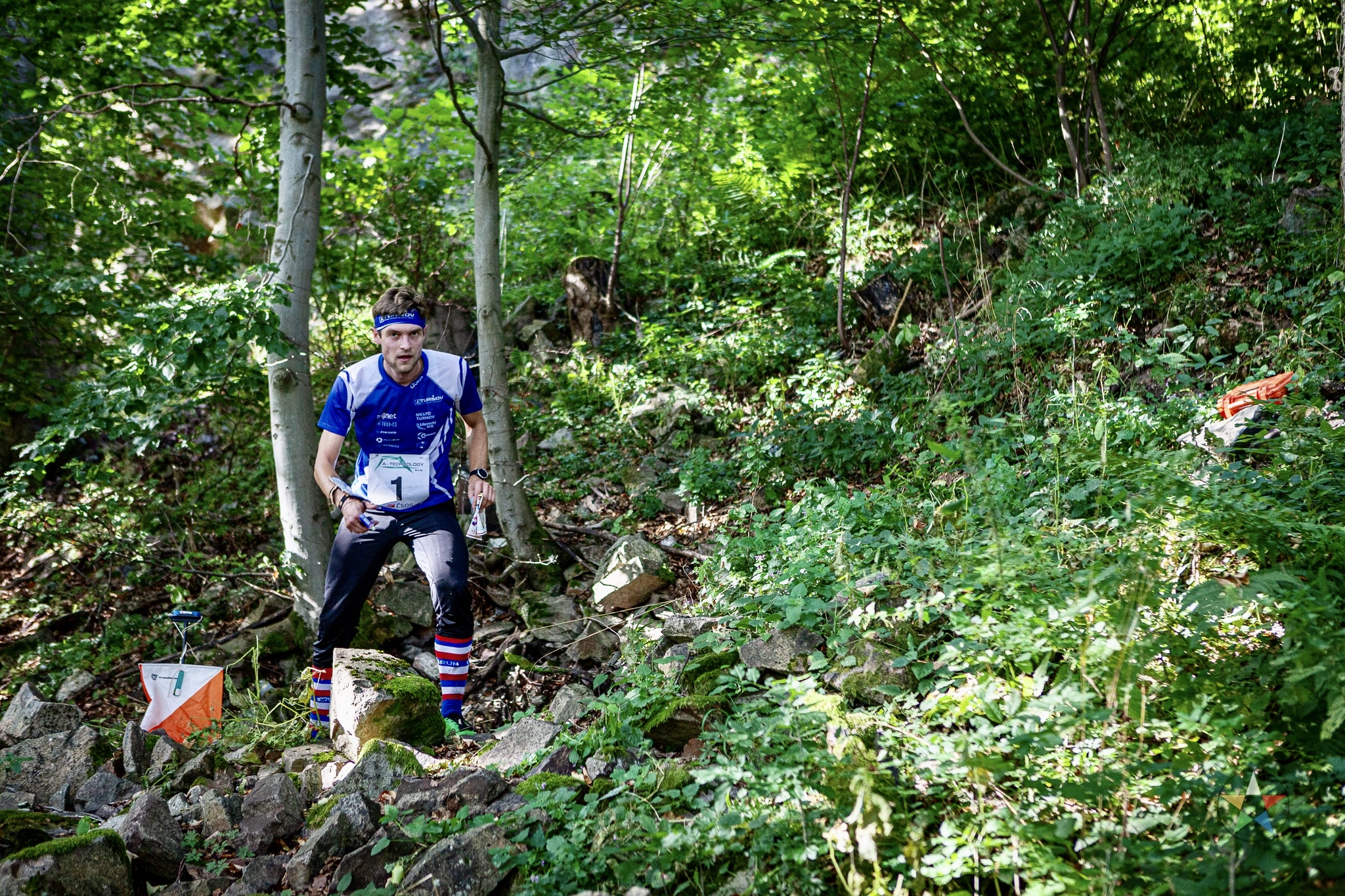
Photo: Tomáš Bubela
The course setting itself started in 2019, about two years before the WOC, when the first parts of the new maps were ready and the course setting team had the first meeting. Martin Janata and Michal Horáček – middle in the Jizera Mountains, Radek Novotný – relays, Petr Karvánek – long (both in the area of Kokořínsko) and myself as the sport director. At that time, we of course concentrated on the forest disciplines. When the sprint disciplines were added, about a year later in summer 2020, we were discussing the possible team enlargement. However, given the chosen venues and the need to react quickly, we decided to cover that on our own. Next to the forest relays, Radek has taken charge of the sprint ones, too, and I have started my work on the sprints.
You only set two courses on WOC – men’s and women’s, or six for the qualifications. However, many more people “intervene”. Every single leg, each control position is questioned many times, while looking for the best one possible, to make each control demanding but at the same time to be sure that its position is so clear that finding it is not affected by chance. So that every single leg makes sense within the course. The discussions are made in the order: course setter – me – national controller Jan Fiala and his assistant Roman Zbranek and of course the SEA Péter Molnár and his assistant Ádam Lengyel. Besides, the television perspective has to be taken into account. We harmonize the suitability of courses for the TV broadcasting (together with the director Karel Jonák), for the spectators in arenas as well as the possibilities of arenas and finish areas themselves. This was the process that we used for the courses conception approval and now we have been working on their fine-tuning.
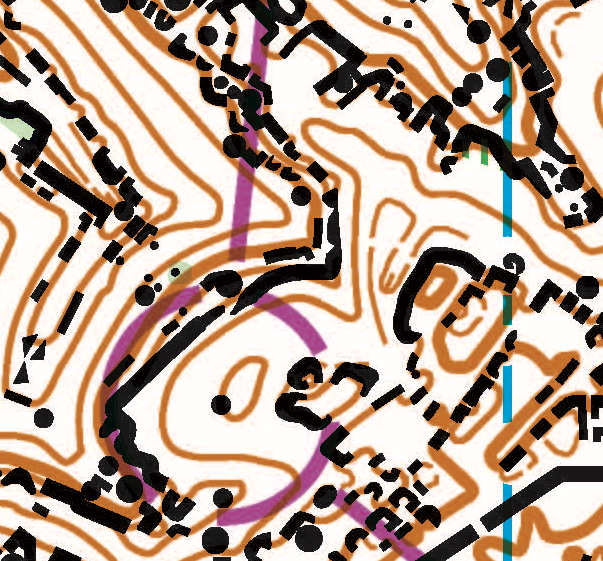
Whereas the middle and relay courses were set almost at the first draft and the position of controls, cameras, lengths etc. have been discussed, the discussions are much longer for the courses based mainly on the route choices: long and sprints. We try to balance all the legs to be interesting, to force the athletes to think and offer as many route choices as possible. Every control move, even if it were just a few metres, can make one of the route choices more favorable or eliminate another one. Another point we fight the most are the course lengths and the winning times. As all are aware the competition length in orienteering is given by the winning time and it is the task of the course setter to set an appropriately long course given the terrain character. This is the evergreen of all the latest world events where I was a part of the organizing team. We have long discussions, we count, collect data, try to test. However, if we were able to run the course to meet the winning time, we would rather fight in the selection races than organize it. This is one of the areas affected by the pandemic situation which made us cancel all our test races in relevant terrains that we planned to analyze. Fortunately, we have a lot of older data. And looking back to all the past races where we had the same discussions, in the end the winning times were met. So we hope to be pleased by reaching the winning times at WOC, too.
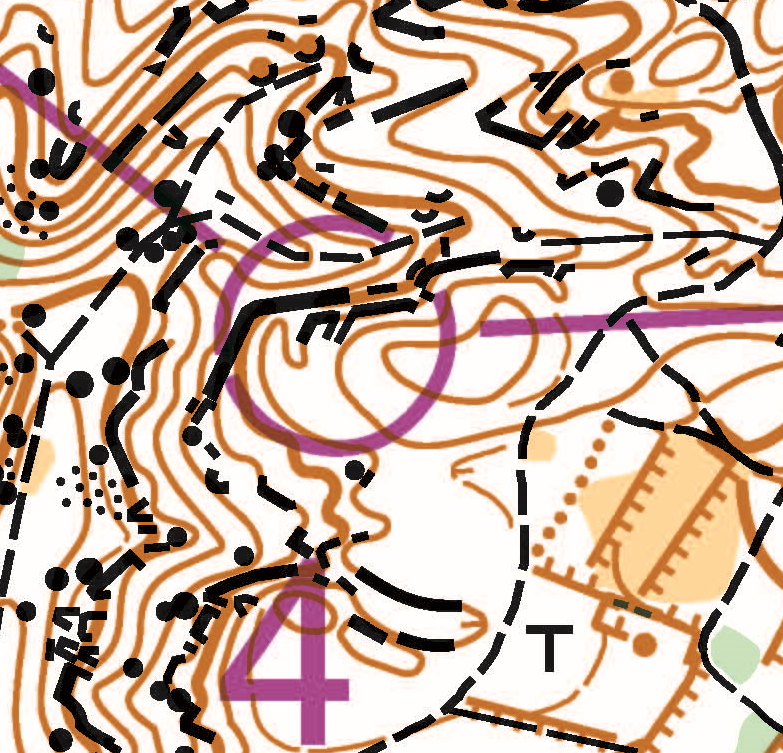
And what about the number of courses set? We will present those 22 courses mentioned in the beginning but do not get confused, every course setter has prepared already tens of them. Within the preparations, we have created (almost) countless versions of the championships courses up to the final ones, among others also courses for Euromeeting, in three versions, that was, however, always cancelled. All these courses are thus locked in the drawers, waiting for someone to finally run them. Above this, we have set and marked in the terrain more than 20 relevant trainings, each for several categories on training maps, set by the WOC course setters. We believe that this offers finally good and fair training possibilities to everyone, despite the travelling complications. Big thanks belong to Radek Novotný for organizing all this. And what are we up to now? After the WOC courses fine-tuning, we will work on the official model trainings, selection races held in June and add more training courses to offer. Besides, there are about 400 courses of the WOC Tour prepared by the team around Dušan Novotný. All in all, there have been many courses set and many more will be. And all our wishes are to get them all to the athletes and none to the drawers because of cancelled events.
Daniel Wolf
WOC Sport Director
